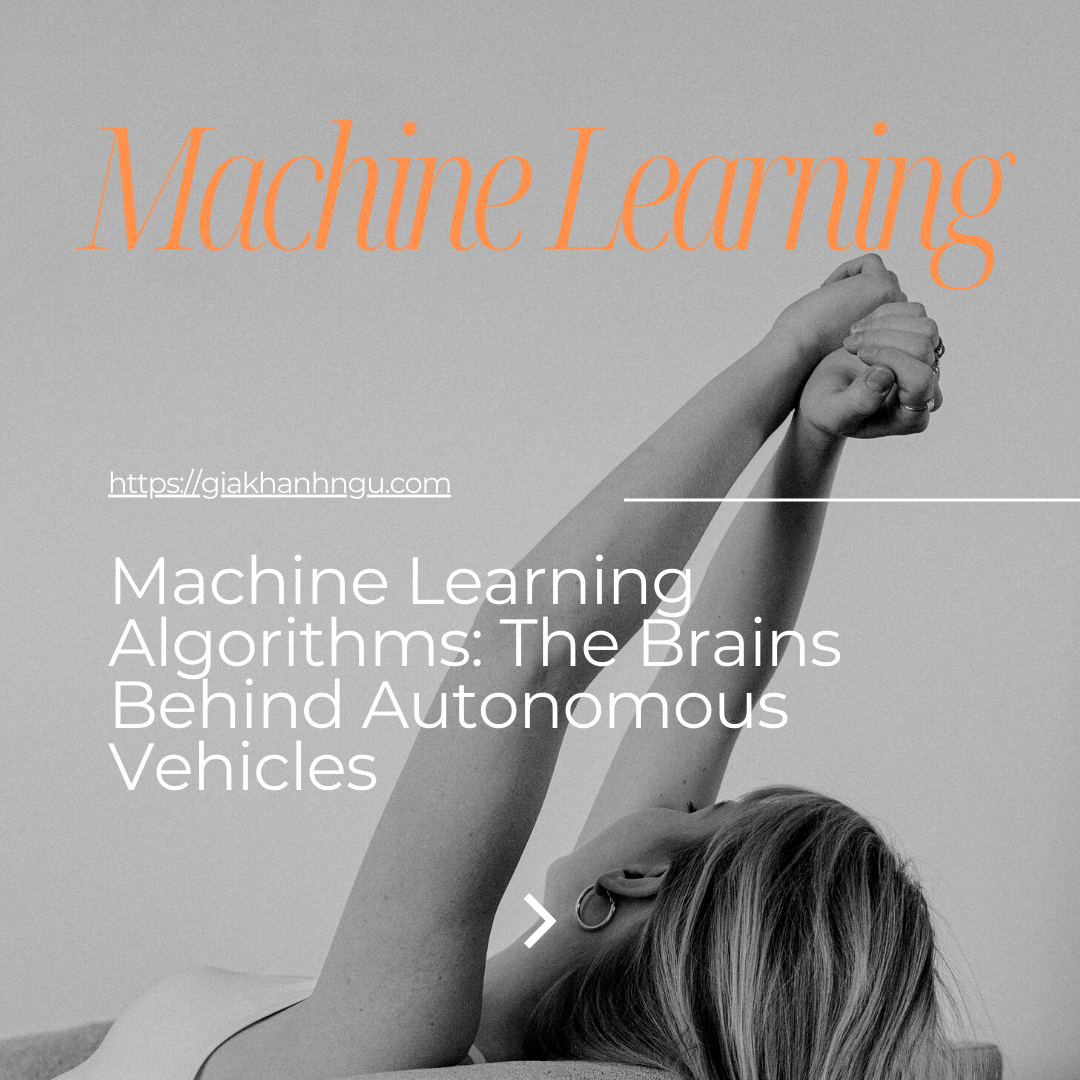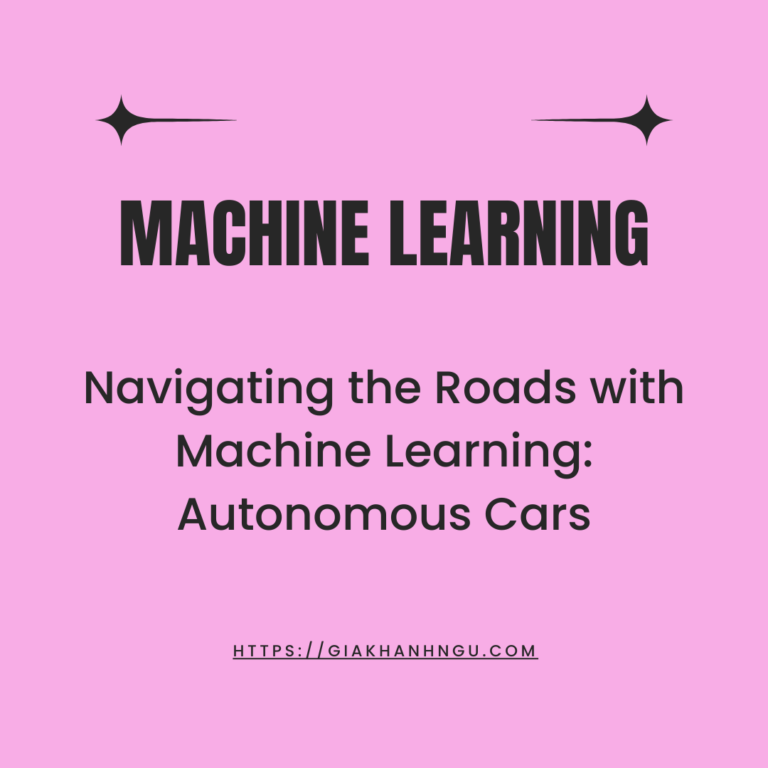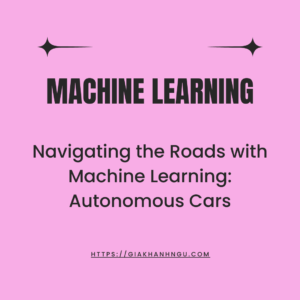Machine Learning Algorithms stand as the intellectual powerhouse behind the swiftly evolving domain of autonomous vehicles. These sophisticated systems, often perceived as the brains of the operation, are revolutionizing transportation, promising an era of enhanced safety, efficiency, and convenience. As we delve deeper into this compelling subject, it becomes evident that machine learning is not merely a component of autonomous vehicles but the very crux that propels them into the future.
At their core, machine learning algorithms are designed to learn from and make decisions based on data. In the context of autonomous vehicles, they interpret sensory data from cameras, radars, and LiDARs to understand and interact with the world. This continuous influx of data enables the algorithms to recognize patterns, predict outcomes, and make informed decisions, all in real-time. From identifying pedestrians to predicting the movements of other vehicles, machine learning algorithms are constantly at work, ensuring the vehicle navigates safely and efficiently.
The beauty of machine learning lies in its ability to learn and improve over time. With each mile driven, autonomous vehicles collect data that further refines the algorithms, enhancing their accuracy and reliability. This process of continuous learning is critical for adapting to the ever-changing dynamics of real-world driving, from shifting weather conditions to varying traffic patterns. The more the vehicles drive, the smarter they become, leading to a virtuous cycle of improvement and enhanced safety.
Moreover, machine learning algorithms in autonomous vehicles are responsible for critical tasks such as object detection, motion planning, and decision-making. They must process and analyze data at lightning speeds, making split-second decisions that can mean the difference between a safe journey and an accident. The algorithms also need to be incredibly robust, capable of handling unexpected situations and rare events known as “edge cases.” The safety and success of autonomous vehicles hinge on the precision and reliability of these algorithms.
However, the journey to perfecting machine learning algorithms for autonomous vehicles is not without its challenges. Ensuring the algorithms are unbiased, transparent, and secure is of utmost importance. Researchers and engineers are continually working to improve the algorithms’ ability to handle complex and unforeseen scenarios, a task that requires massive amounts of data and extensive testing.
Machine learning algorithms are undeniably the brains behind autonomous vehicles. They are the driving force that is steering us toward a future of safer, more efficient, and more sustainable transportation. As technology continues to advance, the capabilities of these algorithms will only grow, opening up new possibilities and transforming our approach to mobility. The road ahead is exciting, and machine learning algorithms will undoubtedly play a pivotal role in shaping this future, driving innovation, and redefining what is possible in the world of autonomous vehicles.

























+ There are no comments
Add yours